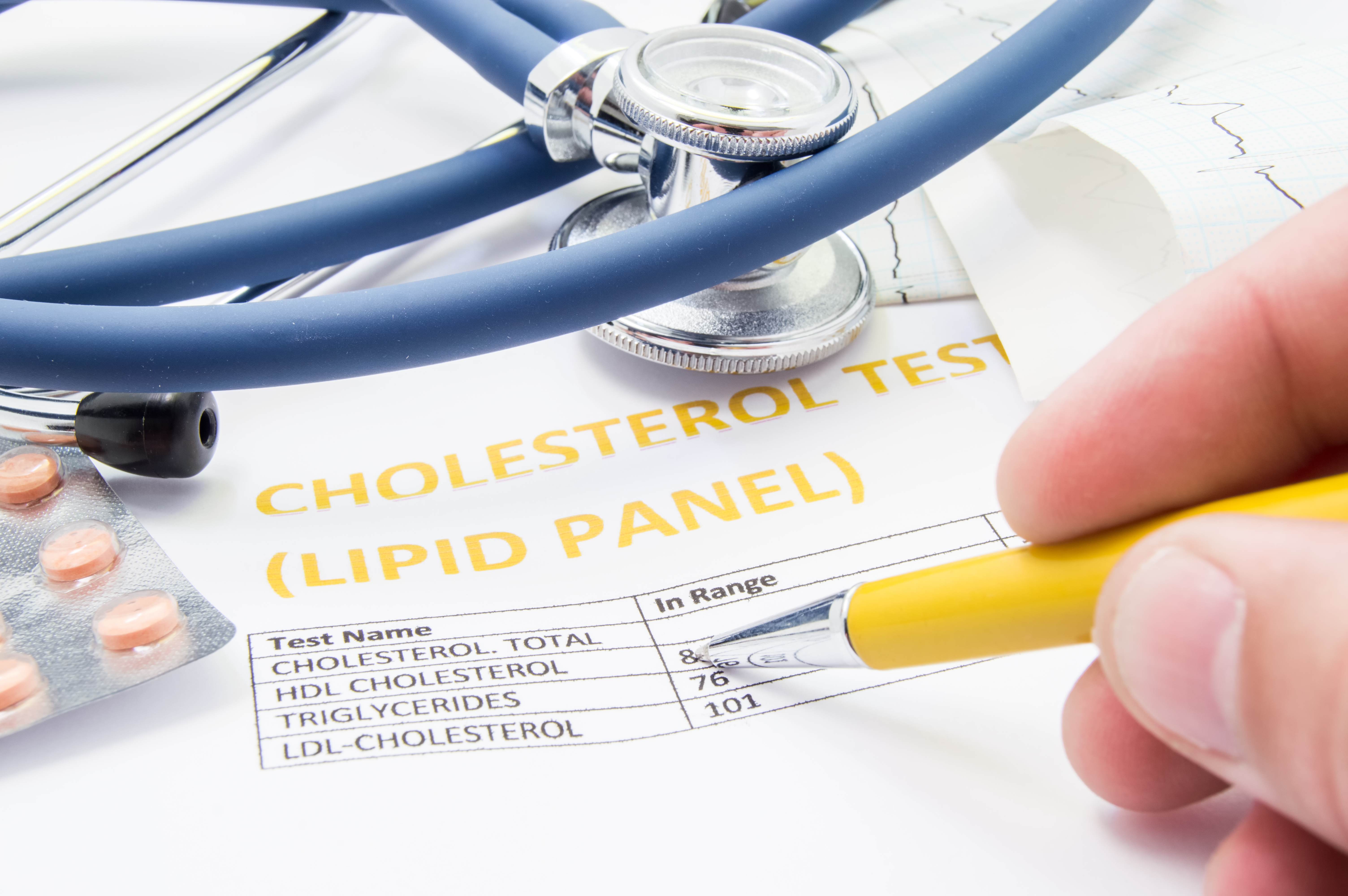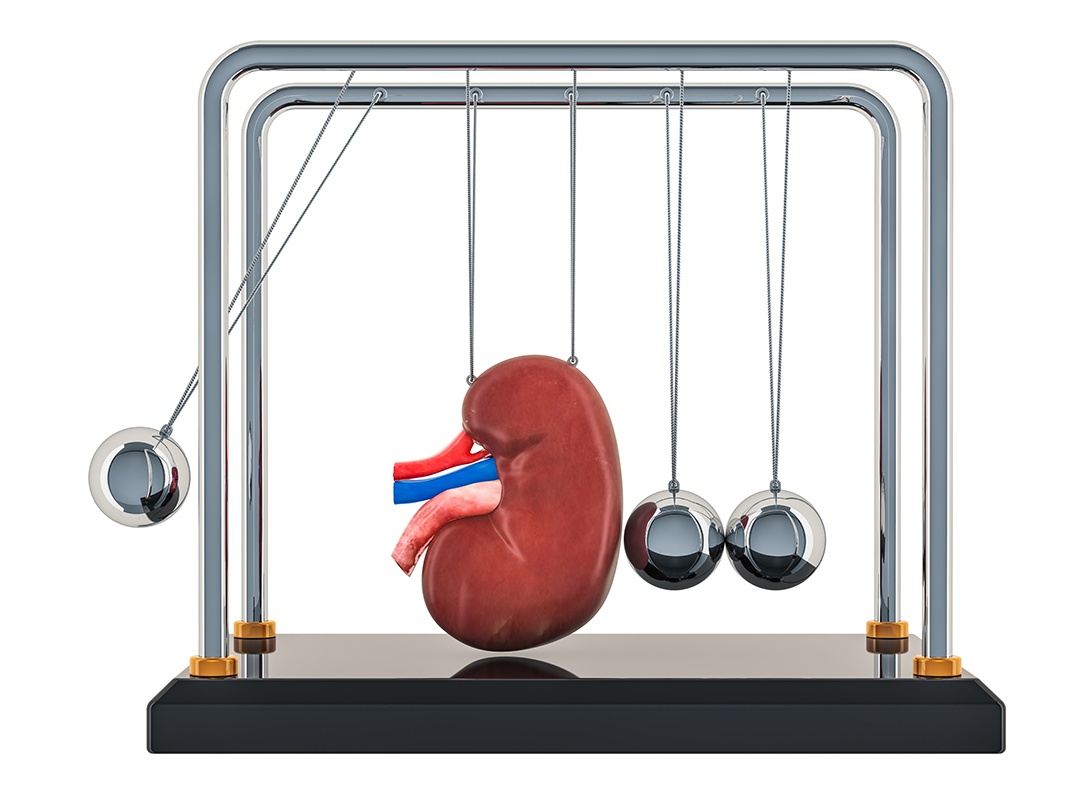
A majority of patients with type 2 diabetes mellitus, atherosclerotic cardiovascular disease, and low density lipoprotein (LDL-C) over 70 mg/dL may not be receiving the high-intensity statin therapy, results from a new analysis presented at the American Diabetes Association Scientific Sessions suggested.
Researchers for the Getting to an Improved Understanding of Low-Density Lipoprotein Cholesterol and Dyslipidemia Management (GOULD) trial looked longitudinally at 5,006 U.S. patients with atherosclerotic cardiovascular disease and LDL-C levels ≥70mg/dL who were taking lipid-lowering therapies. Patients were assigned to either a PCSK9 inhibitor cohort (11%), and LDL-C between 70 and 99 mg/dL (53%), and LDL-C of 100 mg/dL or more (36%). Thirty-three percent (n=1,655) patients had diabetes (146 in the PCSK9 group, 874 in the LDL-C between 70 and 99 mg/dL group, and 635 in the LDL-C ≥100 mg/dL group.

Christopher P. Cannon, MD
“Among patients with diabetes, those with prior atherosclerotic CVD are the highest risk,” Christopher Cannon, MD, of Brigham and Women’s Hospital and Harvard Medical School, and a co-author on the study, told DocWire News. “As such we want to provide them the best possible care, notably for CV prevention.”
While overall statin use was high, the researchers also observed that high-intensity statins were used in only 45% of type 2 diabetics with elevated LDL-C and atherosclerotic cardiovascular disease, and ezetimibe in just 9.5% of patients. Among commonly used medications were aspirin/ACE inhibitors/ARBs (72%) and beta-blockers (71%). Metformin was used in 56% of patients with diabetes, followed by insulin (34%) and sulfonylurea (22%). Just 10% of patients were treated with SGLT2 inhibitors and 8% with glycoprotein-1RA. The authors reported that the proportion of patients receiving all guideline-recommended therapies was only 3%, and less than 20% had been treated with glucose-lowering therapies with demonstrated benefits for cardiovascular disease.
“We saw in this study, unfortunately, that treatment was not optimized, either for cholesterol lowering, nor their diabetes treatments,” Dr. Cannon added. “As such it is a call to action for us all to try to ensure we follow the guidelines on each and every patient we see.”
To read more from the American Diabetes Association Scientific Sessions, click here.
Use of Guideline-Recommended Risk-Reduction Strategies Among Patients with Diabetes and ASCVD: Insights from Getting to an Improved Understanding of Low-Density Lipoprotein Cholesterol and Dyslipidemia Management (GOULD) | Circulation https://t.co/UwXz86mORP
— Christopher Cannon, M.D. 🇺🇦 (@cpcannon) June 8, 2019







 © 2025 Mashup Media, LLC, a Formedics Property. All Rights Reserved.
© 2025 Mashup Media, LLC, a Formedics Property. All Rights Reserved.